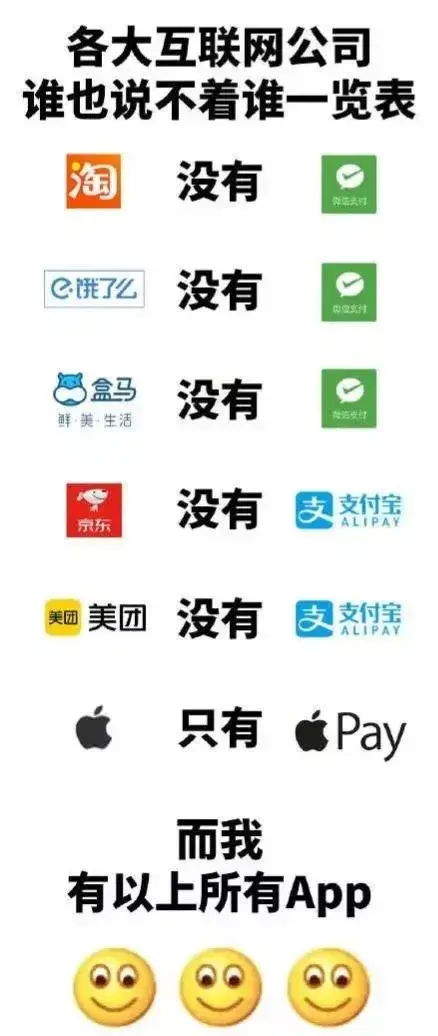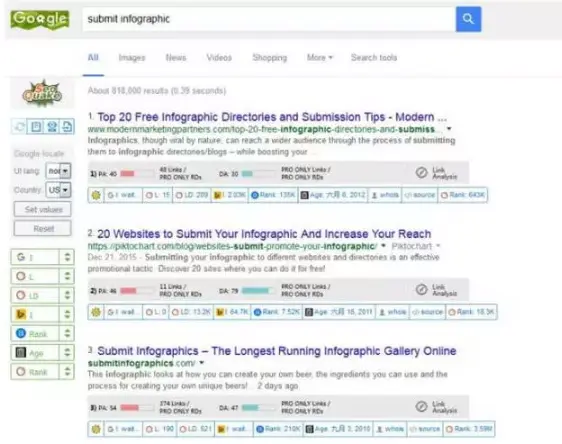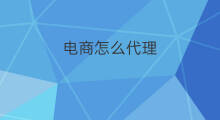外链是指其他网站或页面上的链接指向本网站或页面的方式,也称为反向链接或入站链接。外链能够增加网站的流量和权重,有利于提升网站在搜索引擎中的排名,并提高网站的知名度和影响力。
外链是什么平台
外链是指其他网站或页面上的链接指向本网站或页面的方式,也称为反向链接或入站链接。外链能够增加网站的流量和权重,有利于提升网站在搜索引擎中的排名,并提高网站的知名度和影响力。
外链平台是专门提供外链服务的网站或平台,其目的是让网站可以通过发布外链来获得更多的流量和排名提升。常见的外链平台有新闻媒体、博客、论坛、社交媒体等。这些平台具有很高的权威性和可信度,可以有效提升网站的权重和排名,从而吸引更多的用户访问和转化。
除了外链平台,还有一些其他的方式可以获取外链。例如通过参与行业活动、赞助社区论坛、与其他网站交换链接等方式,都可以帮助网站获取更多的外链。
总体而言,外链是提高网站流量和排名的重要手段,外链平台是获取外链的重要途径之一。网站应该选择权威可信的外链平台,合理发布外链,不断扩大外链数量和质量,以提高网站的知名度和影响力。
外链什么平台好
1. SEO优化效果:外链平台对于网站的SEO优化效果至关重要,因此选择一个综合效果好的外链平台可以提高网站的排名和曝光度。评估外链平台的SEO效果可以通过其域名权威度、网站权威度以及流量等指标来衡量。
2. 平台用户数量和质量:外链平台上的用户数量和质量能够影响外链的权重和效果。因此,选择用户数量多且质量高的外链平台能够提高网站的流量和收益。可以通过评估平台用户的行为、活跃度和质量等指标来评估平台用户的数量和质量。
3. 平台的安全性和信誉度:选择一个安全可靠的外链平台可以保证网站的安全和稳定性。外链平台的信誉度也能影响网站的声誉和用户体验。因此,评估外链平台的安全性和信誉度是非常重要的。可以通过查看平台的安全措施、用户评价和社区反馈等来评估平台的安全性和信誉度。
综上所述,选择一款好的外链平台应该综合考虑其SEO效果、用户数量和质量以及安全性和信誉度等方面。一些值得推荐的外链平台包括百度知道、微信公众号、Quora等。
内链外链是什么
内链和外链是网站优化的两个重要方面。内链是指在网站内部链接不同页面的过程,而外链是指从其他网站链接到您的网站的过程。虽然这两个术语可能看起来很简单,但它们对于网站排名的影响是非常大的。
内链是指在您的网站内部的任何地方链接到其他页面或文章。这些链接可以显示在导航菜单、侧边栏、正文或任何其他地方。内链是非常有用的,因为它们有助于搜索引擎了解您的网站结构。它们还可以为用户提供方便,使他们能够更轻松地导航到您网站的不同部分。第1,内链还可以增加页面之间的相关性,并帮助搜索引擎建立网站上不同页面之间的联系。
与此同时,内链的使用必须谨慎。如果您过度使用内链,搜索引擎可能会认为您在试图欺骗它们,因此会降低您的排名。第2,如果您链接到低质量或非相关内容,也会对您的排名产生负面影响。
外链是指其他网站链接到您的网站。这些链接可以为您的网站带来大量流量,并提高您在搜索引擎结果页面上的排名。外链还可以帮助建立您的网站权威度,因为它们表明其他网站认为您的内容对其用户有价值。
需要注意的是,类似内链,外链的质量也是非常重要的。如果您链接到低质量或非相关内容,搜索引擎可能会认为您试图欺骗它们,从而降低您的排名。第3,外链不应该被视为排名的唯一因素,因为其他因素,如内容质量,网站速度和用户体验也是非常重要的。
总之,内链和外链是网站优化的重要方面。内链帮助建立网站内部的相关性和结构,而外链则可以提高您的排名和权威度。无论您使用哪种链接类型,都应该保持良好的质量和谨慎的使用。
英文外链怎么打开
As a writer or editor, it's important to know how to properly open external links in your content. This ensures that readers can easily access additional information and resources, without encountering any technical difficulties or errors.
The process for opening external links in English is relatively straightforward. Here are a few tips to help you get started:
1. Check that the link is working. Before adding a link to your content, be sure to test it to ensure that it is functional and leads to the appropriate destination. Broken or incorrect links can frustrate readers and reflect poorly on your content.
2. Highlight the text. When you're ready to add a link to your content, select the text that you want to hyperlink. This could be a keyword or phrase that relates to the external resource you're linking to, or simply a description of what the reader can expect to find when they click the link.
3. Click the hyperlink on. In most text editors, you can add a hyperlink by clicking on the hyperlink on (usually represented by a chain link icon). This will open a new window or dialogue box where you can enter the URL of the external resource.
4. Enter the URL. Once you've clicked the hyperlink on, you can enter the URL of the external resource that you want to link to. Be sure to type the full URL://" prefix. You can also choose to give the link a title or description, which will appear when a reader hovers their mouse over the hyperlink.
5. Test the link. Once you've added the hyperlink, be sure to test it by clicking on it to ensure that it takes you to the appropriate external resource. If the link doesn't work, double-check the URL and try again.
Overall, it's important to use external links wisely and sparingly in your content. Too many links can be overwhelming or distracting for readers, while too few can limit the usefulness and credibility of your content. By following these tips, you can ensure that your external links are a helpful and valuable addition to your writing.










评论列表 (0)